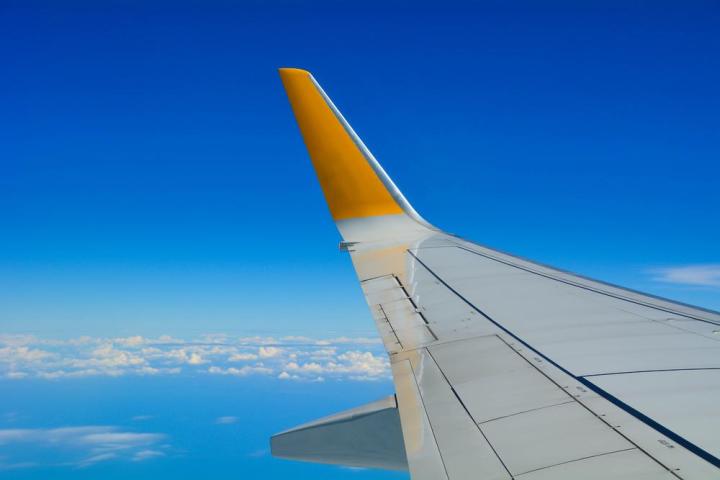
According to an inquisitive microbiologist who took 26 samples across five different U.S. airports and four flights operated by two major carriers, the very dirtiest surfaces (and boy, are they dirty) are airplane tray tables. That’s right — those foldable devices you use to hold your food are home to some 2,155 colony-forming units (CFUs) per square inch. Yummy.
To put this in perspective, a Microban toilet swab study that looked into the average cleanliness of public restrooms (any takers for that job?) found that the average toilet housed just 108 CFU per square inch (including the rim, the inner bowl, the outer bowl, and the base). Your average garbage bin has around 411 bacteria/sq. in., and your kitchen counter probably boasts around 361 CFU/sq. in. All of these surfaces pale in comparison to the tray tables on airplanes (though Travelmath did not reveal which airlines or airports they tested).
Coming in second were actually the drinking fountain buttons in airports, with 1,240 CFU/sq. in. Rounding out the top six were overhead air vents (285 CFU/sq. in.), toilet flush buttons (265 CFU/sq. in.), seatbelt buckles (230 CFU/sq. in.), and bathroom stall locks (70 CFU/sq. in.). And while it may seem counterintuitive that the bathroom is the cleanest part of the airplane and airport experience, experts say that this is likely because staff and attendants spend much more time cleaning what would otherwise be the dirtiest environment, and consequently neglect the rarely-thought-of tray tables. Given the quick turnaround time for most flights, most cleaning personnel focus their attention first on the regularly scrubbed toilets (of which there are only a few per plane), and ignore the dozens if not hundreds of tray tables that need to be disinfected.
A spokesperson for the research team noted that the results definitely illuminate a key oversight in terms of airline cleanliness. “Since this could provide bacteria direct transmission to your mouth, a clear takeaway from this is to eliminate any direct contact your food has with the tray table,” Travelmath said.
But don’t go boycotting air travel just yet. While the volume of bacteria is certainly alarming, it’s just one part of the equation. The type of bacteria present, its propensity for causing illness, and the length of your exposure to it all factor into how dangerous these scenarios really are. And seeing as the study did not provide any details as to what sort of bacteria they found, it’s difficult to draw any definitive conclusions about its implications.
“There are bacteria everywhere. The question is whether or not any of them are specific kinds of pathogens at levels that can cause an unacceptably high risk of disease,” Dr. Charles Haas of Drexel University College of Engineering told CBS News. “In the end, one of the best things that people can always do is practice good hand washing, use of clean utensils and so forth,” Haas continued. “Soap and water does as well as anything, and if soap and water is not available, then the hand-washing products could be as good, typically the alcohol-based ones.”
So just be proactive about cleanliness. After all, there’s really not much else you can do.


